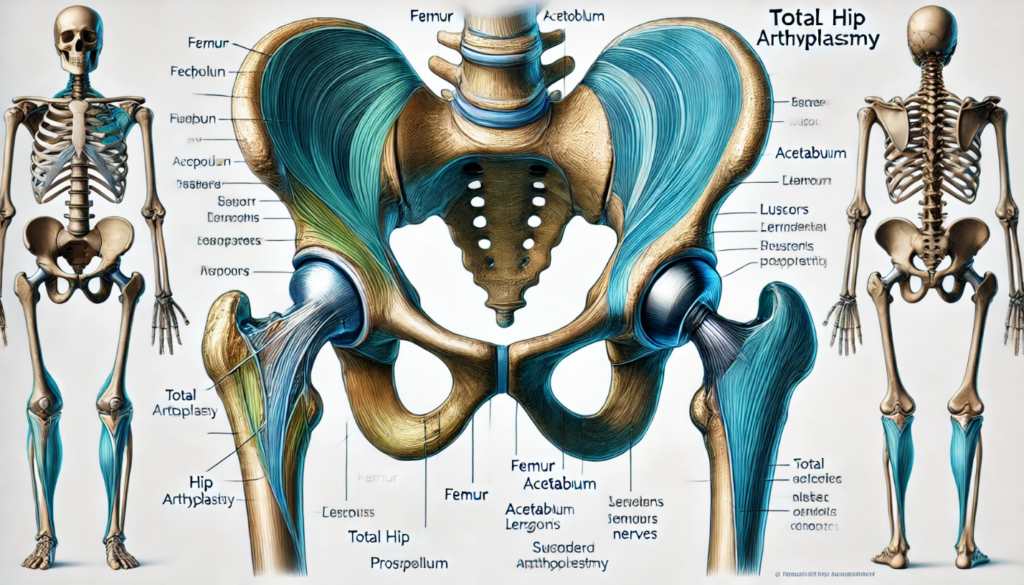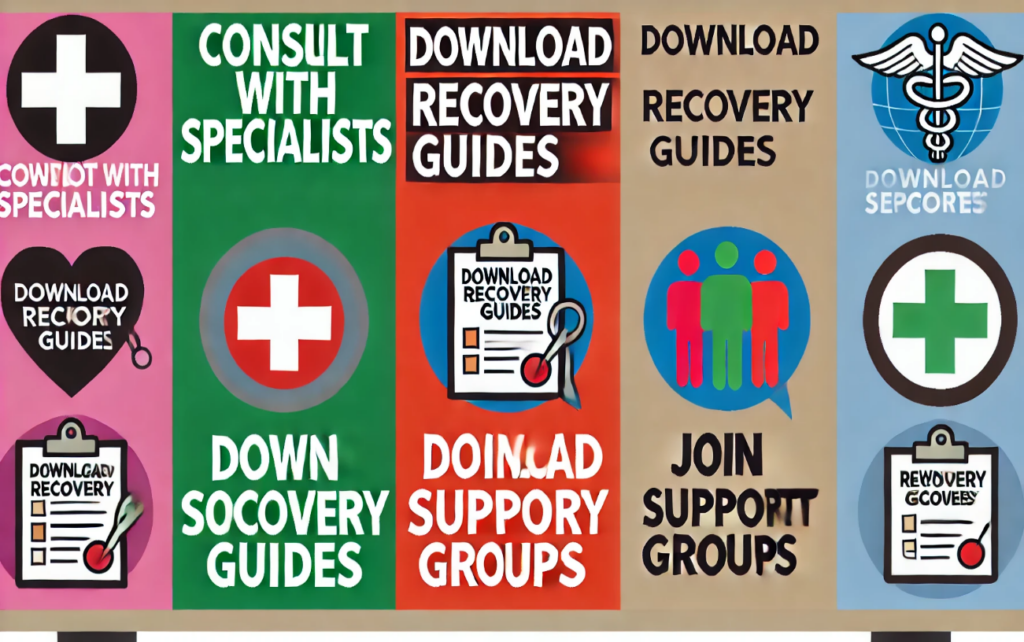A Comprehensive Guide to Total Hip Arthroplasty: Procedure, Recovery, and Benefits
Introduction
Total hip arthroplasty, commonly known as hip replacement surgery, is a transformative procedure that can significantly enhance the quality of life for individuals suffering from severe hip pain and mobility issues. This guide aims to provide you with an in-depth understanding of what total hip arthroplasty is, who it benefits, the surgical process and procedure, and the recovery journey. Whether you are considering the surgery for yourself or a loved one, this comprehensive guide will help you make informed decisions and prepare you for a successful outcome.

What is Total Hip Arthroplasty?
Total hip arthroplasty is a surgical procedure that replaces the damaged or diseased parts of the hip joint with artificial components. This operation is primarily performed to relieve pain and restore function in patients with hip conditions such as osteoarthritis, rheumatoid arthritis, and hip fractures.
Understanding Total Hip Arthroplasty
Who Needs the Surgery?
Typically, candidates for total hip arthroplasty are individuals between the ages of 50 to 80 years old who experience significant hip pain that limits their daily activities and does not respond to their conservative treatments such as physical therapy or medication. However, the surgery is also performed on younger patients with severe hip issues and older patients in good health.
Types of Hip Implants
There are various types of hip implants, usually made up of metal, ceramic, or plastic. The choice of the implant depends on several factors, including the patient’s age, activity level, and bone quality. Modern implants are designed to last longer and provide better mobility.
The Surgical Procedure

Step-by-Step Process
- Preparation: Before the surgery, patients undergo a thorough medical evaluation, including blood tests and imaging studies, to ensure that they are fit for the procedure.
- Anesthesia: The surgery is typically performed under general anesthesia or spinal anesthesia, which numbs the lower half of the body.
- Incision and Removal: The surgeon makes an incision over the hip, removes the damaged bone and cartilage, and prepares the bone surfaces.
- Implant Placement: The artificial socket is placed into the pelvic bone, and the metal stem is inserted into the thighbone, topped with the replacement ball.
- Closure and Recovery: The incision is closed with stitches or surgical glue, and the patient is moved to the recovery area.
Surgical Approaches
- Posterior Approach: Commonly used, allows good access to the joint but requires precautions to avoid dislocation post-surgery.
- Anterior Approach: Less muscle damage and faster recovery, but technically more challenging.
- Lateral Approach: Balances the benefits of both the anterior and posterior approaches, which makes it suitable for correcting deformities.
Recovery and Rehabilitation

Post-Surgery Recovery Phases
- Immediate Post-Op: Patients are monitored closely as anesthesia wears off. Pain management is crucial during this stage.
- Early Recovery (0-2 weeks): focuses on reducing swelling, pain control, and initiating gentle exercises. Patients may also use crutches or a walker.
- Mid Recovery (2-6 weeks): an increase in physical therapy is needed to restore mobility and strength. Most patients begin to walk more independently.
- Late Recovery (6 weeks – 3 months):
- Continued rehabilitation and gradual return to normal activities. Emphasis on long-term joint care and avoiding high-impact activities will be made during this stage.
Physical Therapy and Exercises
A structured physical therapy program is essential for a successful recovery. Exercises will focus on strengthening the hip muscles, improve range of motion, and prevent complications such as blood clots.
Lifestyle Adjustments
Patients may need to make lifestyle changes, such as incorporating low-impact activities (e.g., swimming, cycling) and avoid movements that puts stress on the new hip joint. Proper home modifications, like installing handrails and using raised toilet seats, can also aid in the recovery process.
Conclusion
Total hip arthroplasty offers a promising solution for individuals suffering from debilitating hip pain, significantly improving their mobility and quality of life. By understanding this procedure, preparing adequately, and adhering to a comprehensive recovery plan, patients can achieve optimal outcomes and return to their daily activities with renewed vigor. If you or a loved one is considering hip replacement surgery, consult a specialist and discuss your options and develop a personalized treatment plan.


